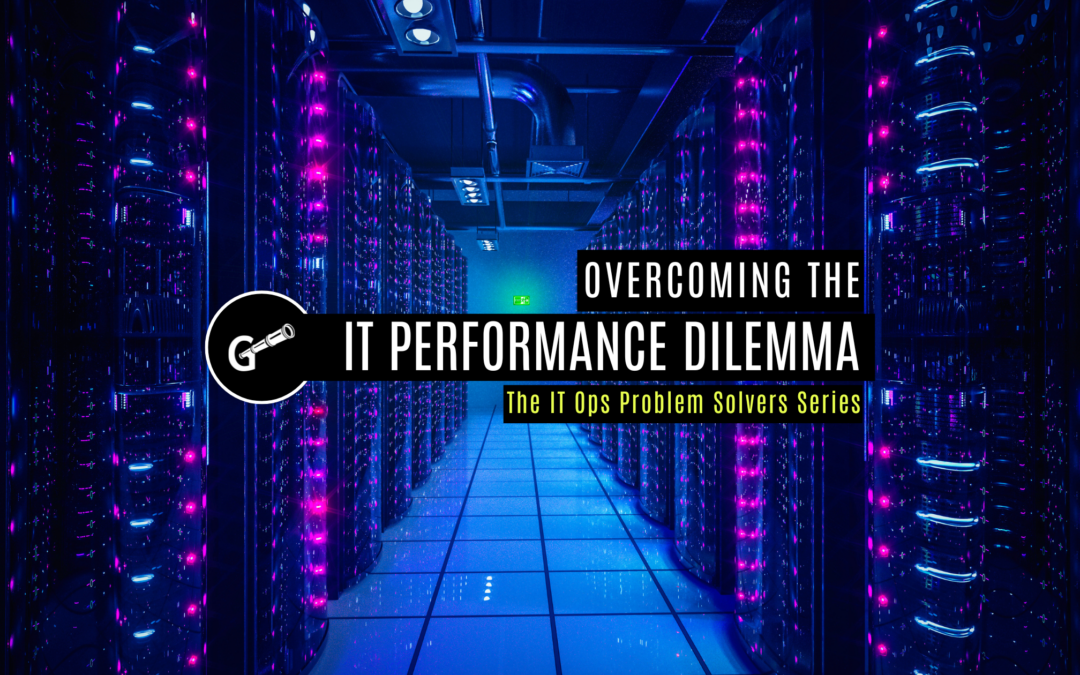When most people think of computing data storage, they think in terms of USB thumb drives, recordable CDs and DVDs and, of course, cloud storage solutions. Such storage options work very well when it comes to personal computing data. However, when it comes to business-caliber data storage, the storage solution landscape becomes considerably more complex.
Medium- and large-sized businesses can generate an astonishing amount of data on just a daily basis. The data can include relatively mundane email exchanges, all the way up to business-critical financial transactions and operational data.
Balancing Storage Capacity and Business Needs
While data storage capacity has increased and improved drastically over the last 15 years or so, data storage solutions nevertheless range considerably when it comes to their efficiency and reliability. Likewise, the costs involved in procuring and maintaining all the various types of storage solutions can range from very affordable to rather expensive.
For example, tape storage arrays—yes, tape storage still exists—are fairly affordable, but they’re mostly for storing data that’s not mission critical and may not be accessed for weeks, months or even years. Alternatively, solid state drives (SSDs) or Serial Attached SCSI (SAS) drives are used to store data that’s accessed frequently and typically houses the kinds of data and information that’s critical for daily business operations.
All these different data storage solutions are divided into tiers, according to the importance of the data stored on the devices. Depending on the size of a business, a tiered storage model may go from 0, 1, 2 or 0, 1, 2, 3, 4, where 0 represents storage solutions that are of the utmost importance, and sliding down in criticality from there.
The Importance of Data is a Fluid Concept
What businesses need to remember is that data importance can be a fluid concept. Some obscure piece of data can go from not being necessary for months, but can become absolutely crucial at any given moment. Likewise, data that’s been deemed mission-critical, Tier 0, for some time can become less important, Tier 2-level data, right up until it needs to become Tier 0 again.
All of this represents a data storage balancing act for businesses. While ideally it would be great if everything could be stored to SSDs or SAS drives, the expense involved would be enormous and, ultimately, completely unnecessary. Backing up all email correspondence to high end, Tier 0, storage devices doesn’t make any sense from a datacenter storage infrastructure standpoint.
Nevertheless, business datacenters must have the flexibility to move data seamlessly from tier to tier when necessary. However, IT storage administrators can’t facilitate such data shifting by themselves, or they wouldn’t be able to conduct any other IT maintenance tasks.
How to Free Up Storage, Boost Performance and Drive Down Costs
To that end, there’s Automated Storage Tiering (AST), a storage software management solution that can quickly and efficiently move data and information between storage tiers as necessary, thereby freeing up storage space, boosting performance and driving down operational costs.
AST solutions don’t work entirely independent of IT storage administrators. Rather, an administer puts policies in place that govern the AST application. By establishing such AST policies, administrators can drastically reduce their individual workloads.
As valuable a tool as AST can be, our AST team at Advanced Technology Services (ATS) Group have observed that AST solutions are often underutilized by businesses, which negatively impacts business data storage efficiency and increases costs.
Implementing an AST solution is extremely easy and can be further facilitated by AST solution provider. IBM Easy Tier, for example, is supported on IBM’s SAN Volume Controller (SVC) device in addition to IBM’s DS8700, DS8800 and v7000 storage area network (SAN) arrays.
When IBM Easy Tier is used in conjunction with ATS Group’s Galileo IT infrastructure monitoring and alerting solution, IT administrators can continually review the Easy Tier AST operation to ensure optimal storage infrastructure performance.
Regulatory guidelines and compliance requirements—both federal and industry-specific driven—have increasingly made data storage considerations particularly complex for businesses. It’s almost reached a point where businesses need to store every bit and byte of data to ensure they have any data readily available in the event it’s requested or otherwise necessary.
Maintaining an efficient yet cost-effective IT data storage infrastructure requires walking a fine tightrope between the different storage tiers, with SSDs and SAS drives on the high tiers, and CDs, DVDs and tape storage on the lower tiers. Regardless of the tier it’s stored on, data can shift in importance at a moment’s notice, so having a solid AST solution in place governed by intuitive policies set up by skilled IT storage administrators is incredibly sound IT practice.



